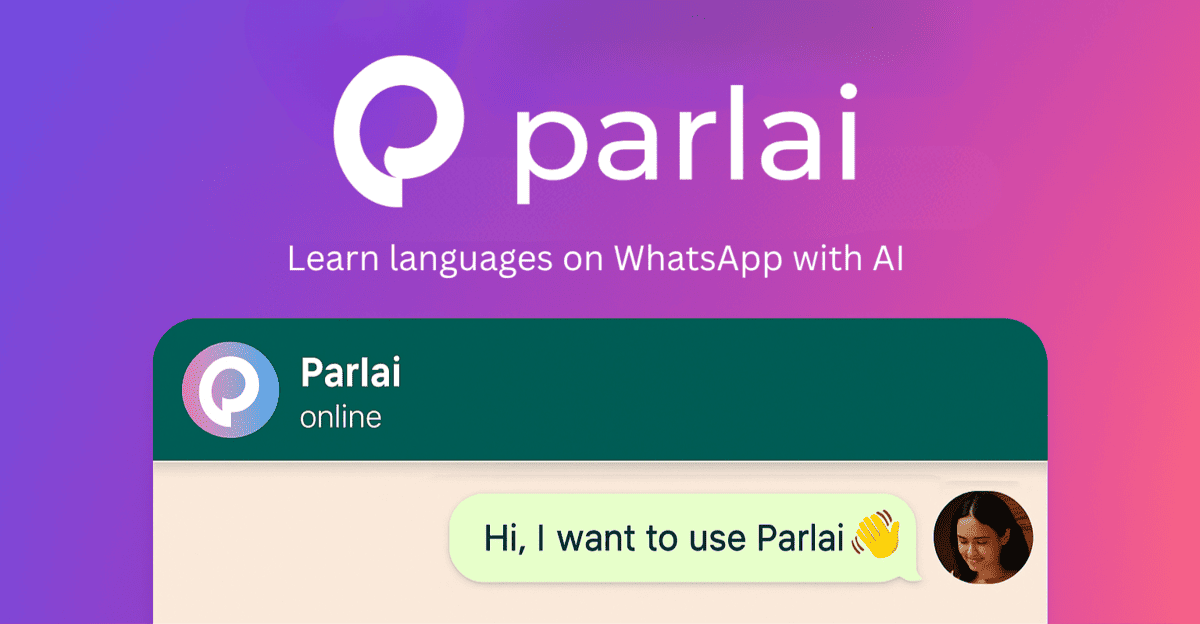Danish Language: Everything You Need to Know

Practice with Parlai on WhatsApp
Get instant speaking and listening drills, anytime.
Danish—what exactly is it? How hard is it to learn? Is it similar to Swedish or Norwegian? Here's everything you need to know about this fascinating Scandinavian language.
What Is Danish?
Danish (dansk) is a North Germanic language spoken by about 6 million people, primarily in:
- Denmark (main language)
- Greenland (alongside Greenlandic)
- Faroe Islands (alongside Faroese)
- Northern Germany (minority language)
Danish vs. Swedish vs. Norwegian
Similarities
All three are Scandinavian languages:
- Mutually intelligible to some degree (especially written)
- Shared roots (all North Germanic)
- Similar grammar structures
- Many similar words
Differences
- Pronunciation: Danish is often considered the hardest to pronounce
- Writing: Very similar (Swedish and Norwegian closer)
- Speaking: Less mutually intelligible than writing
Danish vs. English
Similarities
- Both Germanic languages
- Some similar words (hus = house, vand = water)
- Similar basic grammar structures
Challenges
- Pronunciation: Very different, especially vowels
- Word order: Some differences
- Gender system: Common/neuter gender
Why Learn Danish?
Practical Reasons
- Live/work in Denmark
- Understand Danish culture
- Business opportunities in Denmark
- Travel and tourism
Linguistic Interest
- Gateway to other Scandinavian languages
- Unique pronunciation challenges
- Rich literature and media
- Understand Nordic culture
How Hard Is Danish for English Speakers?
Moderate Difficulty
Danish is considered moderately difficult for English speakers:
- Pronunciation: Very challenging (vowels, "stød" sound)
- Grammar: Relatively simple (no cases like German)
- Vocabulary: Some Germanic similarities
- Estimated time: 30-40 weeks (750-900 hours) for basic fluency
Main Challenges
- Pronunciation (biggest challenge)
- Complex vowel system
- "Stød" (glottal stop) is unique
- Many vowel sounds not in English
- Word order (some differences from English)
- Gender system (common/neuter)
Learning Resources
Online
- Danish courses and apps
- YouTube channels
- Podcasts
- Language exchange apps
Immersion
- Visit Denmark
- Practice with native speakers
- Consume Danish media (TV, movies, books)
Cultural Context
Danish is more than a language—it's a cultural gateway. Understanding Danish helps you understand Danish "hygge," directness, culture, history, and the people of Denmark.
Pronunciation Tip
Danish pronunciation is the biggest challenge:
- Focus on vowels first
- Practice "stød" (glottal stop)
- Listen to native speakers extensively
- Don't worry if you can't master it immediately
Start Learning Danish
The best way to learn Danish is through daily conversation practice. Consistent practice with feedback accelerates your progress, especially for pronunciation. Try Parlai and practice Danish through real conversations, available whenever you have time.
Ready to Start Your Language Learning Journey?
Join thousands of learners who are already improving their language skills with Parlai.
